
Universidade Fernando Pessoa
Porto, Portugal

Seismic-Sequential Stratigraphy
Diachronous surfaces are continuous boundaries crossing strata or seismic reflectors. Diachronous surface examples are:
- Fluid Contacts
- Permafrost
- Gas Hydrate Layer
- Low Angle Fault Trace
- Low Angle Igneous Dike
- Deep Desert Weathering Surface
- Karstic Solution Base Level
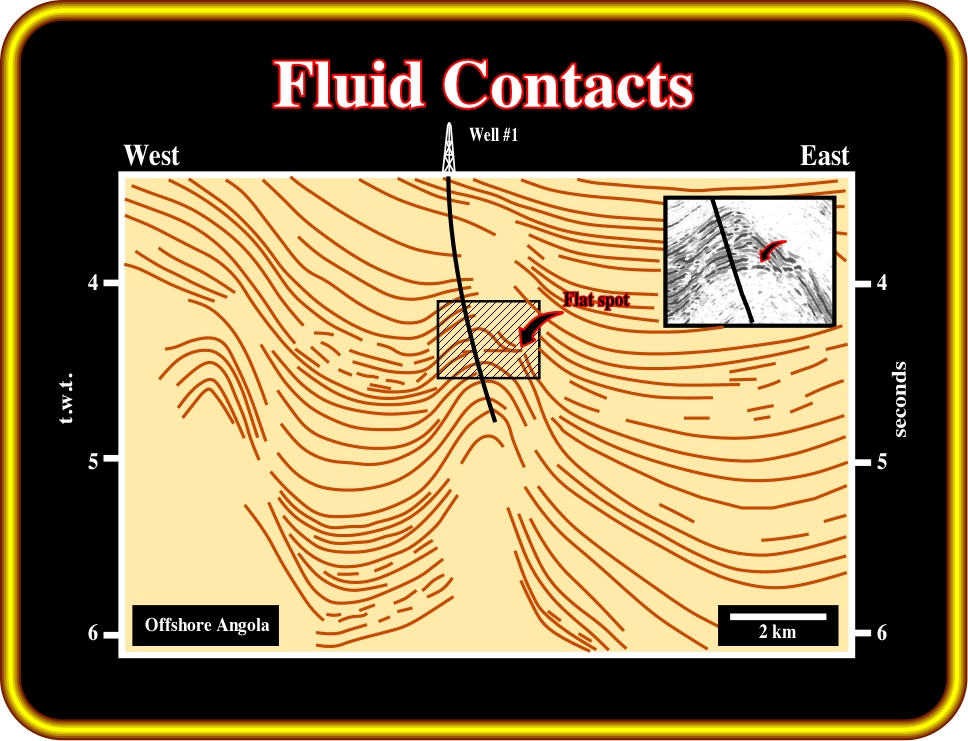
Plate 257- On this seismic line from the northern deepwater Angola, a diachronic reflection is easily recognized at around 4.3 seconds. This anomalous reflection was interpreted as a flat spot, i.e., as the reflection induced by the interface hydrocarbons /water. The location of the well was mainly based on such interpretation. Successfully, such a hypothesis was corroborated by drilling, which proved a significant oil column. Note that in spite of the oil discovery, in epistemological terms, explorationists did not increase their knowledge since the advanced hypothesis was not refuted.

Plate 258 - Comparing both seismic lines it is easy to understand that permafrost induced diachronous surfaces (see also volume I). On the left (permafrost effect not corrected), the reflectors do not correspond to chronostratigraphic lines. They correspond to seismic pitfalls. On the right line, on contrary, the reflectors correspond to real chronostratigraphic lines. The permafrost (ice ground) effect was corrected.

Plate 259 - On this line from offshore Colombia a diachronous seismic reflector is easily recognized roughly 0.5 seconds below sea floor. The bottom simulating reflector (BSR) is caused mainly by gas bubbles at the base of the stability zone, which accordingly cannot act as a seal because the porosity is more than 95% filled by water.Gas hydrate stability zone (GHSZ) occurs in oceanic sediments over the first few hundred meters below the seabed. In this zone, any methane from organic material, including any seepages from below, is converted into solid hydrate, and is locked, in place, in the sediments. The origin of methane is poorly understood. Even its biogenic origin is being challenged.

Plate 260 - Generally, fault planes do not have seismic reflectors associated. However, there are three main exceptions that all seismic interpreters know: (i) when the fault put sediments and basement in juxtaposition, (ii) when the fault plane is filled by salt and (iii) when the fault plane is injected by volcanic material. In this example, the diachronous reflector is associated with a fault plane, which puts rift-type basin sediments and a Precambrian basin (granite-gneiss) in juxtaposition. This seismic line, from the onshore Sudan, depicts the northeastern flank of the Unity giant oil field. The discovery well was located on the left end part of the line.
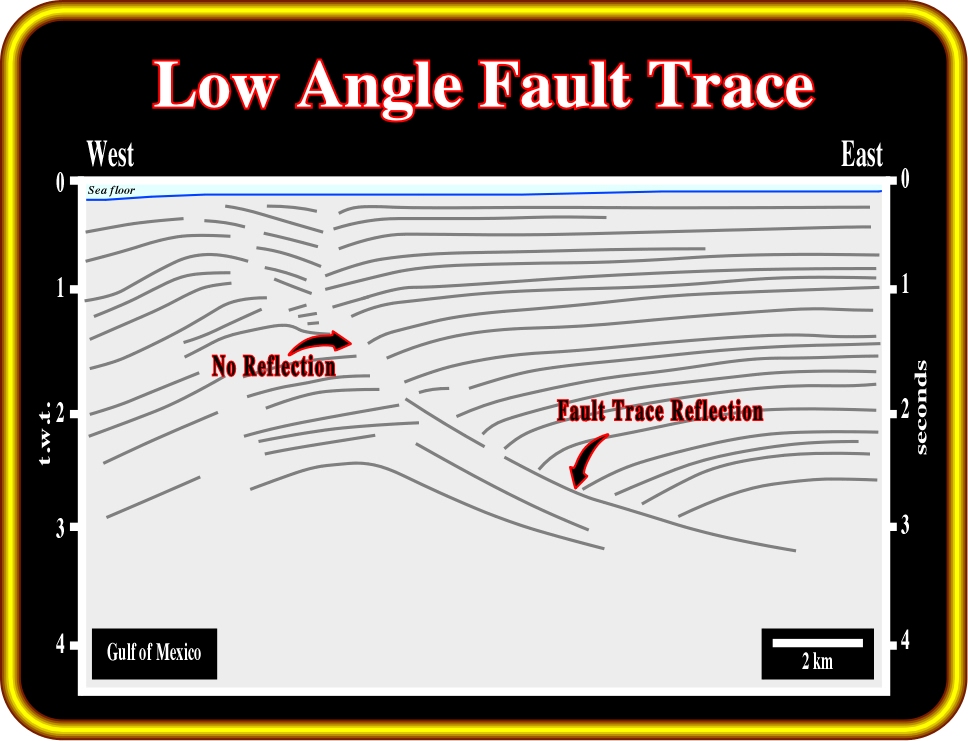
Plate 261- On this seismic line from the Gulf of Mexico, a listric growth fault, that is to say, a fault contemporaneous with the sedimentation flattens in depth. It clearly shows that a diachronous seismic reflection is created in the lower segment of the fault plane, where it has a high hade (low angle). In the upper segment with a low hade (higher angle) there is no reflection associated with the fault plane. The interpretation of such a feature is directly associated with the seismic reflection method as saw previously.
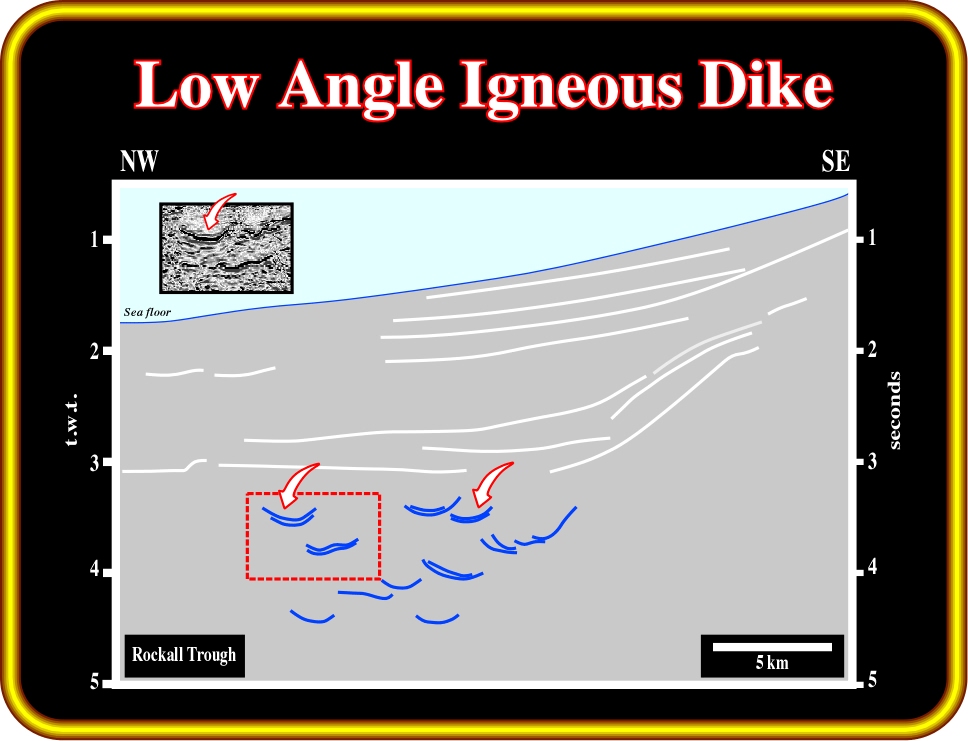
Plate 262 - Igneous dykes are quite frequent in the North Atlantic, particularly in the Rockall Trough. In this seismic line, they can easily be recognized not only by their anomalous amplitude but by their diachronous geometry. Often, particularly when the frequency of such a igneous dykes is not so high, as in Barents Sea, few of them were erroneously interpreted as incised valley or canyons.
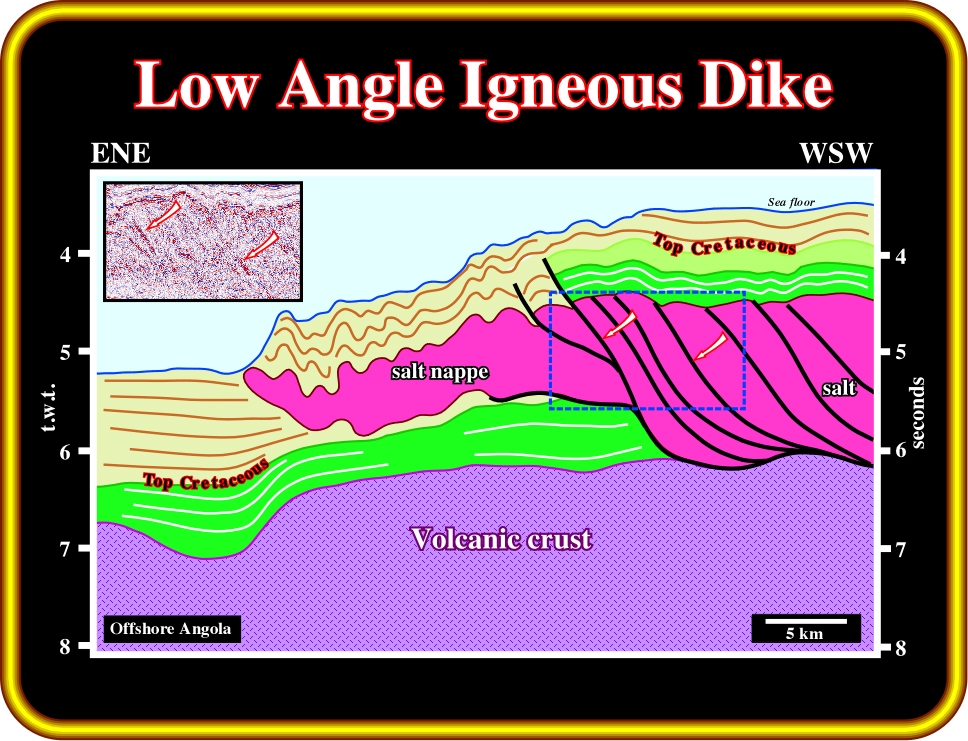
Plate 263- In the deep-water Angola, it is well known that the salt layer was thickened by thrusting, i.e., by lateral stacking of successive gravity induced thrust faults, which give an apparent outbuilding of the salt layer. Diachronous landward high dipping reflections, as depicted on the right part of this line, have been associated with the fault planes. However, recent exploration wells, particularly in offshore Morocco suggest that such fault planes are filled by volcanic material, which seems to be scraped from the volcanic floor over which displacement took place.
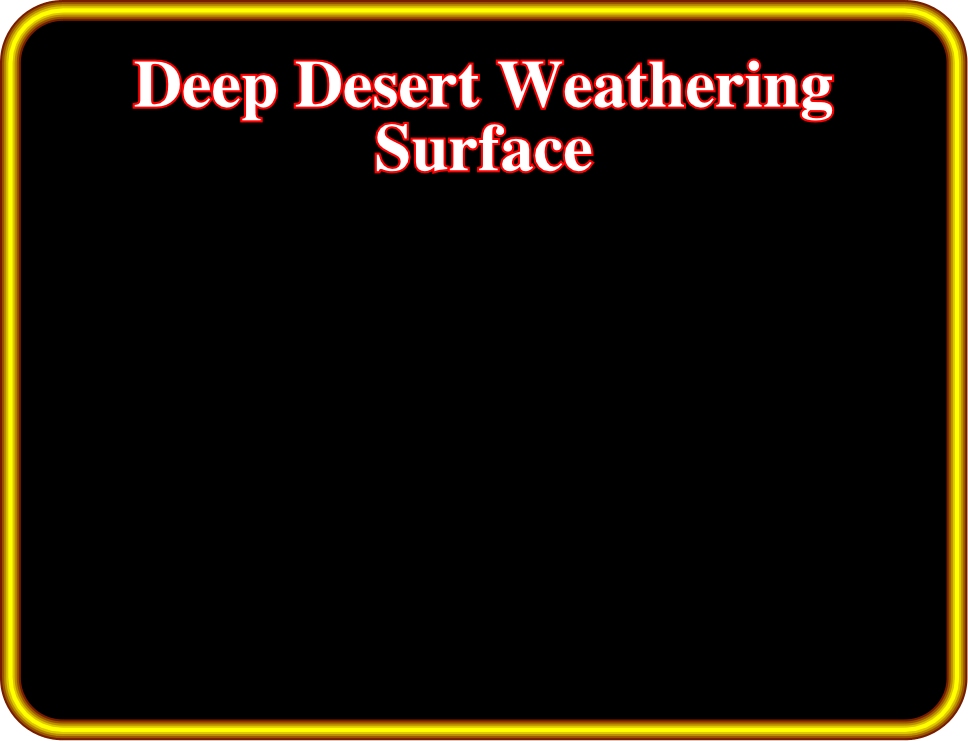
Plate 264- Looking for a seismic example. If you have one send it please.
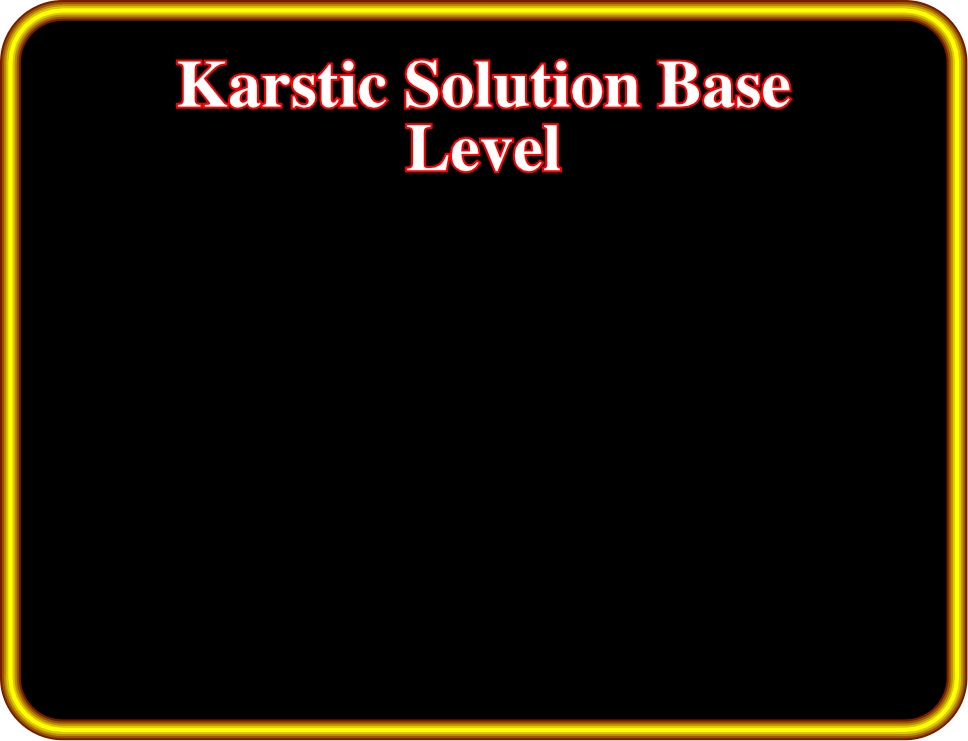
Plate 265- Looking for a seismic example. If you have one send it please.